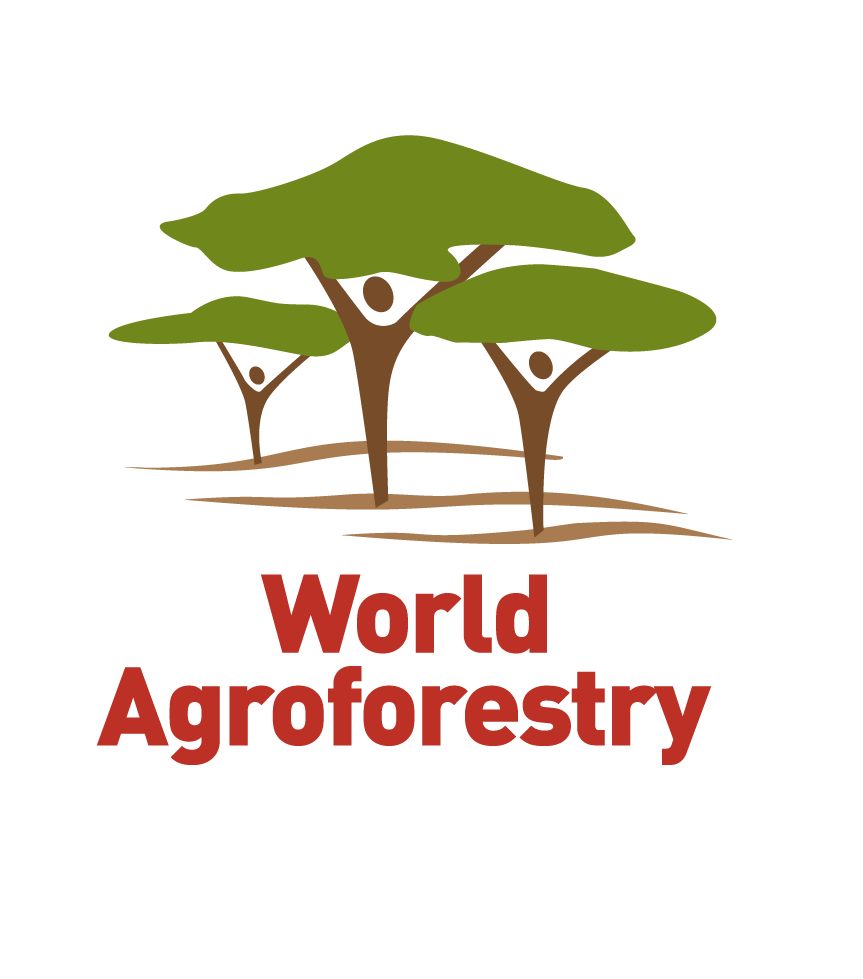Related Links
Bark; taken at: Hoyt Arboretum - Portland, OR and Los Angeles County Arboretum - Arcadia, CA |
Leaves; taken at: Hoyt Arboretum - Portland, OR and Los Angeles County Arboretum - Arcadia, CA |
Tree; taken at: Hoyt Arboretum - Portland, OR and Los Angeles County Arboretum - Arcadia, CA |
Fruit; taken at: Hoyt Arboretum - Portland, OR and Los Angeles County Arboretum - Arcadia, CA |
Flowers; taken at: Hoyt Arboretum - Portland, OR and Los Angeles County Arboretum - Arcadia, CA |
Local names:
English (Italian alder,Hartbladige Els,alder of Corsica)
Alnus cordata is a deciduous medium sized upright tree, generally up to 25 m tall although occasionally this may be exceeded in favourable conditions, crown ovoid-conic, stems angled, soon glabrous, sticky red-grown. Leaves alternate, simple, broadly oval to rounded, 5-12 cm long, base cordate to wedge-shaped (heart-shaped), margin unevenly sharply toothed, glossy green above, paler with a few scattered brown hairs below particularly in vein axils and along midrib, petioles 2-3 cm long. New leaves at the beginning of the season are orange-tinged. Flowers monoecious; males flowers yellow-green, elongated, catkins about 5-13 cm long, in hanging clusters; females very small (6 mm) reddish green turning into a small cone, upright appearing in early spring, persistent in winter. Fruit cone-like, woody, 20-25 mm long, green turning reddish brown when ripe, contains numerous small winged seeds, ripens in early fall and persists through the winter. Twig: Slender, olive green, slightly sticky when young, light colored lenticels; buds are stalked, green turning red and 6.4 mm long. Bark greenish grey with numerous lenticels when young, often appearing blistered; later becoming a light grey-brown with small fissures and flat ridges.
Ecology
Occurs naturally on damp soils, in poorly drained areas and depressed sites.It prefers to be near water where it can make dense thickets. It grows in semi-shade (light woodland) or no shade. The plant can tolerate maritime exposure.
Native range
Albania, Italy
A. cordata seeds are best sown in a cold frame as soon as it is ripe and only just covered. Spring sown seeds should germinate successfully if sown thinly in an outdoor seed bed. They should germinate as the weather warms up. When large enough to handle, seedlings should be pricked out into individual pots. If growth is sufficient, it is possible to plant them out into their permanent positions in the summer; otherwise they should be kept in pots outdoors for a further season and be planted out in the spring. A. cordata seeds can also undergo stratification for 90 days at 1-2°C. Cuttings of mature wood, should be taken as soon as the leaves fall in autumn, and be planted outdoors in sandy soil.
Occurs naturally on damp soils, in poorly drained areas and depressed sites.It prefers to be near water where it can make dense thickets. It grows in semi-shade (light woodland) or no shade. The plant can tolerate maritime exposure.
Propagation can be by seed, or softwood cuttings under mist.
Timber: Its timber can be used for construction purposes in wet conditions, since Alder wood is virtually resistant to decay under water. Its poles have been used as foundation poles for the houses and bridges of Venice. It can also be used for firewood.
Ornamental: In Britain the tree is grown as an ornamental in large gardens and parks for its majestic appearance and fast growth and as a road-side or street tree, because it establishes rapidly in exposed positions, is reasonably compact and tolerates dry conditions as well as a dusty atmosphere.
: An excellent windbreak or hedge for maritime areas, it grows quite quickly and establishes well even in very windy sites. This is an excellent pioneer species for re-establishing woodlands on disused farmland, difficult s
Soil improver: A. cordata has a symbiotic relationship with certain soil micro-organisms that form nodules on the roots of the plants and fix atmospheric nitrogen. Some of this nitrogen is utilized by the growing plant and enables it to grow well in quite poor soils but some can also be used by other plants growing nearby. Alder trees also have a heavy leaf canopy and when the leaves fall in the autumn they help to build up the humus content of the soil. For these reasons it has largely been utilized in central Italy for reforestation of badly drained and wet soils, and for agro-forestry purposes.
